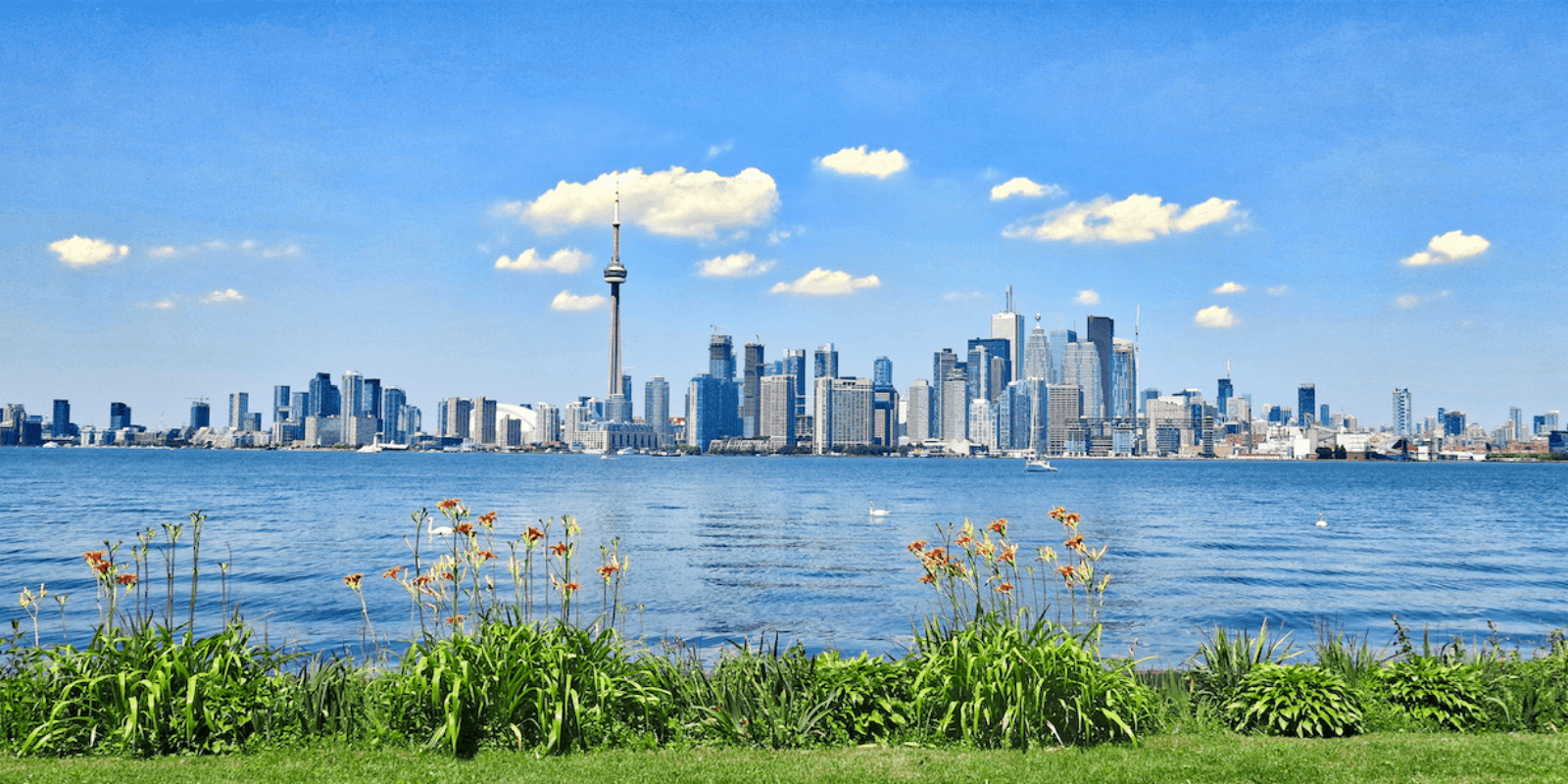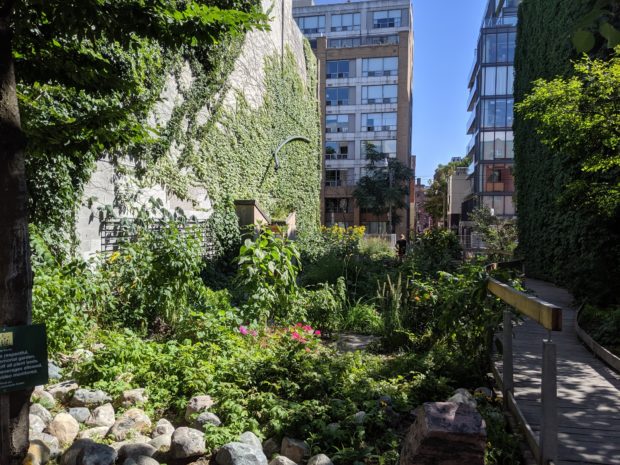We have much more to do and your continued support is needed now more than ever.
How Toronto is Building a “Pollinator Friendly” City

Maintaining biodiverse ecosystems within cities will continue to be a challenge in the coming decades, and providing quality habitat for pollinators is one of the most impactful actions cities can take. The National Wildlife Federation’s Mayors’ Monarch Pledge program allows cities across North America to commit to actions that will help reverse our current pollinator crisis.
Pollinator species are experiencing population declines across North America due to habitat loss, fragmentation, climate change, pesticides, and invasive species. Bees and butterflies are integral to maintaining resilient ecosystems, and their importance will only grow as we face the long term effects of climate change.

In Canada, the National Wildlife Federation’s partner organization, the David Suzuki Foundation, runs and supports the program for all Canadian cities that take the pledge. The City of Toronto signed the pledge in 2018, and that same year they passed a Pollinator Protection Strategy that has been incredibly successful in sustaining and improving pollinator diversity, and is a model for urban pollinator conservation strategies around the globe.
The 30 actions in Toronto’s Pollinator Protection Strategy are multifaceted, addressing improvements in educational outreach and the need for sustained funding and increased capacity, while keeping in mind the importance of building and sustaining partnerships with stakeholder groups, including underrepresented communities. With around 7,000 citizens engaged in the public consultation process, the strategy outlines diverse approaches to protect Toronto’s 360+ species of native bees and 112 species of butterflies.
Toronto’s Commitments to Pollinators
Some of the actions that stand out include the commitment to creating “pollinator patches” in city-managed community gardens, as well as plans to transform old landfills into pollinator habitat.
The city has also leveraged partnerships with community groups and various stakeholders to improve pollinator habitat and enhance environmental stewardship. Collaboration with funders and community groups has made their Parkland Naturalization Program highly impactful, planting 60,000 native trees and shrubs, and 50,000 wildflowers to date across degraded landscapes, as well as establishing new meadow, wetland, and forest habitats.
In an effort to design and connect green spaces that reduce habitat fragmentation, the city has worked with developers and property owners to create pollinator-friendly habitats and green roofs across the city. Additionally, the city’s green infrastructure projects–some of which can reduce flooding–incorporate pollinator-friendly plants.
Protecting Native Bees
What’s notable about Toronto’s plan is that it distinguishes between native bees and non-native honey bees, recognizing that native bees are actually at greater risk. Honey bees are often given the most attention in the media when we discuss pollination benefits. The agricultural importance of honey bees can’t be ignored considering one out of every three bites of our food relies on pollination from bees.
However, not all bee species are the same, and efforts to address bee population declines can’t be either. Toronto’s strategy emphasizes that when there is limited habitat in an urban area, due to lack of green spaces, wildlife corridors, or the absence of native plants, non-native managed bees, such as the European honey bee, might outcompete native bees. Once you lose a species of native bee you can’t get it back. There are a few species of native bees in Toronto that are at risk of extinction, such as the rusty-patched bumble bee and the gypsy cuckoo bumble bee.

Understanding the species of pollinators, what food source they help provide, and the native plants they rely on, and using that knowledge to inform conservation and habitat restoration have made Toronto’s strategy robust and very successful. All of the actions in this strategy are meant to benefit the native bees and butterflies, however, all pollinators, including the honey bee, benefit from these efforts. The Pollinator Protection Strategy has actions geared towards providing high-quality habitat that can support foraging resources, larval host plants, and nesting and overwintering sites
Furthermore, the plan has an entire action that focuses on hosting a committee or working group that allows for those from indigenous communities to provide feedback on opportunities to incorporate their cultural knowledge and practices into the implementation of the strategy as a whole. Fostering biodiversity and ecological health while building greater connections with underrepresented groups builds upon human capacity, and it showcases that environmental stewardship and social justice do not have to be mutually exclusive.
Urban conservation, can—and should—emphasize education and environmental justice as they are the keystone elements for a long term, collaborative, and sustainable transition towards urban communities that work together to enhance pollinator health.





















